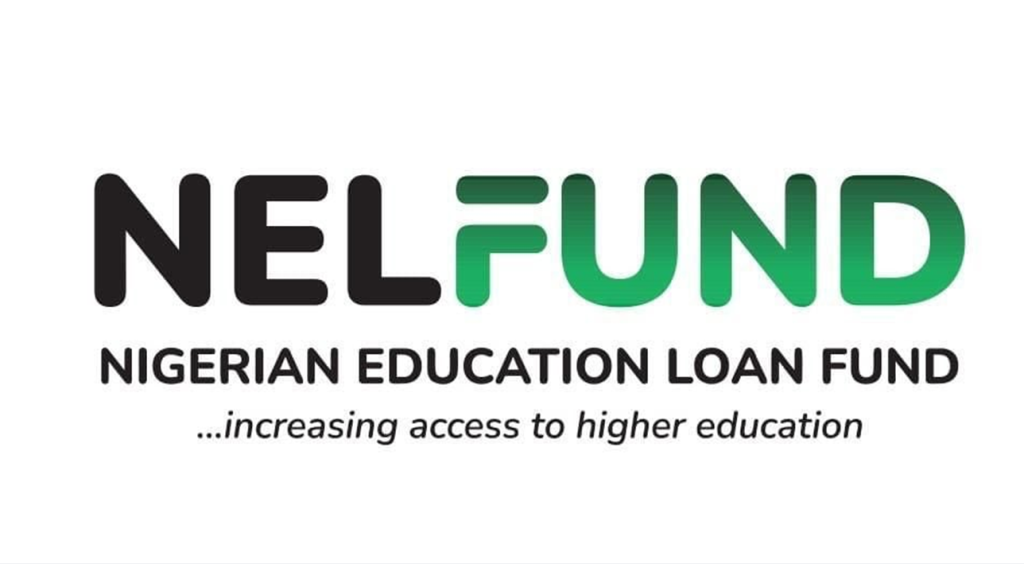In a sweeping act of educational support, the Nigerian Education Loan Fund (NELFUND) has channelled a staggering ₦86.3 billion into the hands of 450,000 students, marking a defining moment in the nation’s push for accessible higher education .
From Promise to Reality
When President Tinubu signed the Student Loans (Access to Higher Education) Act in April 2024, few could have fully predicted the scale of impact it would soon generate . Today’s announcement brings that law to vivid life, converting legislative intent into tangible aid for nearly half a million students across Nigeria.
Stories Behind the Numbers
Imagine a first-year engineering student in Onitsha, Onitsha—previously faced with the real possibility of abandoning school mid-semester—now able to pay her tuition and housing bills, thanks to her NELFUND loan. Across the country, hopeful minds in remote communities, technical colleges, and vocational training centres are likewise experiencing a renewed sense of possibility.
Systemic Reach, Individual Impact
This isn’t a one-off dispersal—rather, it’s part of a growing continuum. Just back in February, NELFUND had already extended institutional loan support amounting to ₦22.7 billion for 215,514 students for the 2023/2024 academic year . The latest disbursement now significantly broadens that scope, both in scale and inclusivity.
What This Means for Nigeria’s Future
Amplified Access: Undeniably, ₦86.3 billion rightfully earned the label “transformative.” By bringing nearly half a million students into the fold, NELFUND is widening higher-education access in a way previously unthought-of.
Economic Ripple Effect: Beyond tuition, these loans buffer expenses for books, living costs, and skill development—fueling markets and nurturing local economies across urban and rural areas alike.
Hope Becomes Tangible: For parents, caretakers, and students, financial obstacles no longer have to determine academic fate. This funding turns distant aspirations into concrete realities.
Looking Ahead
As Nigeria’s youth press forward, armed with education and determination, the question turns to sustainability. Will NELFUND maintain this momentum? How will the repayment plans and administrative systems evolve to ensure long-term viability?
Still, for now, the spotlight is rightly on the students—those who can now look toward graduation with renewed hope and purpose.

